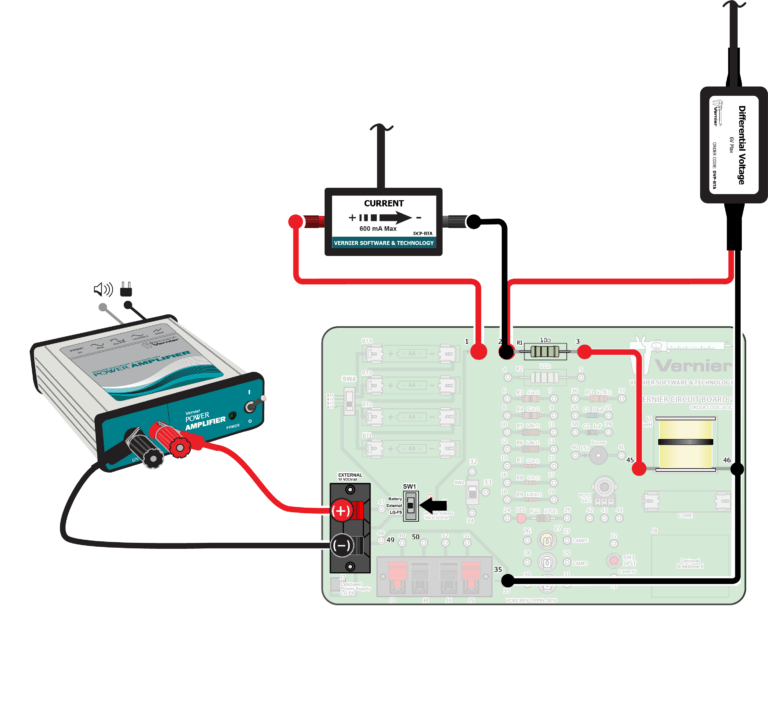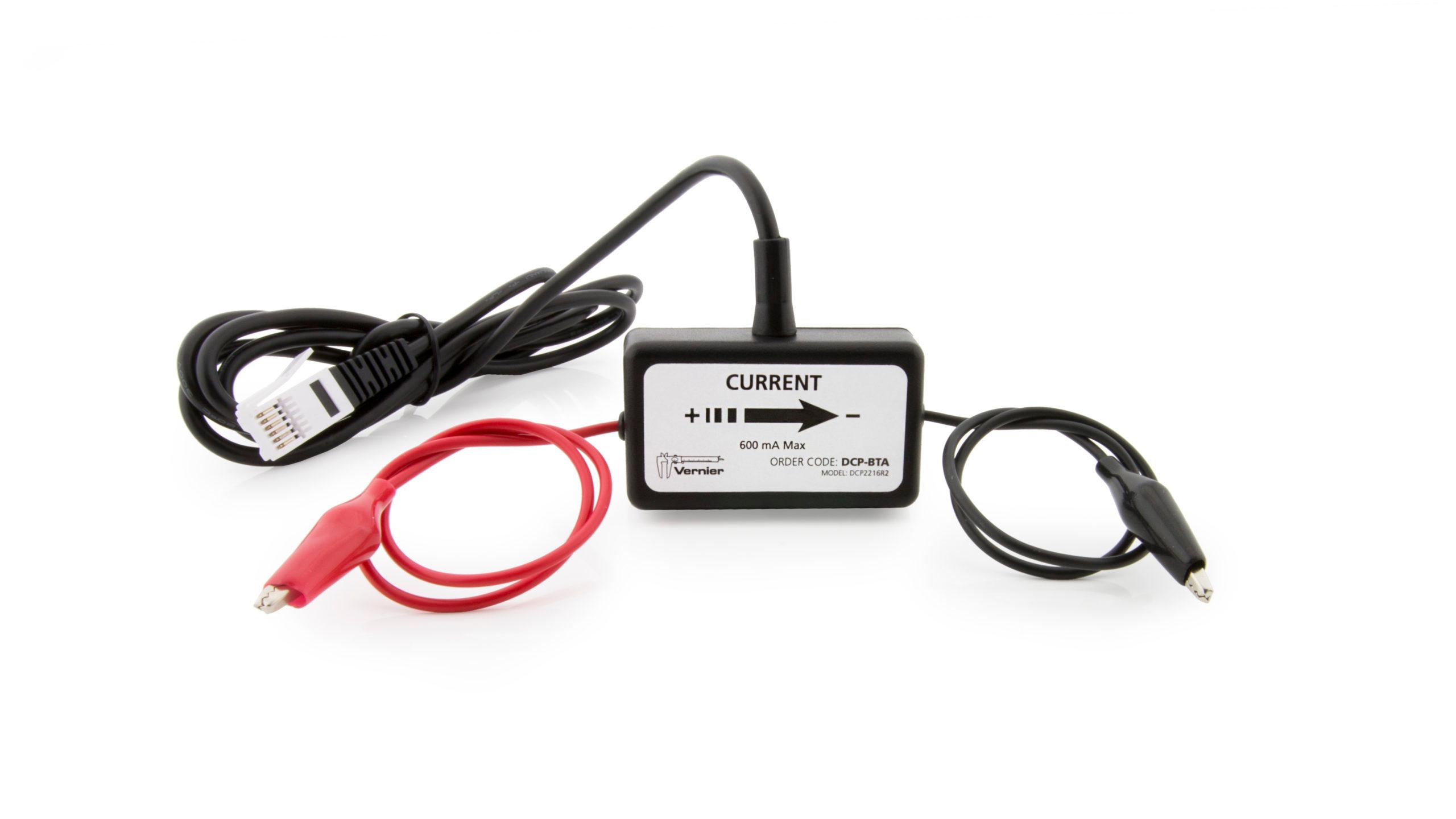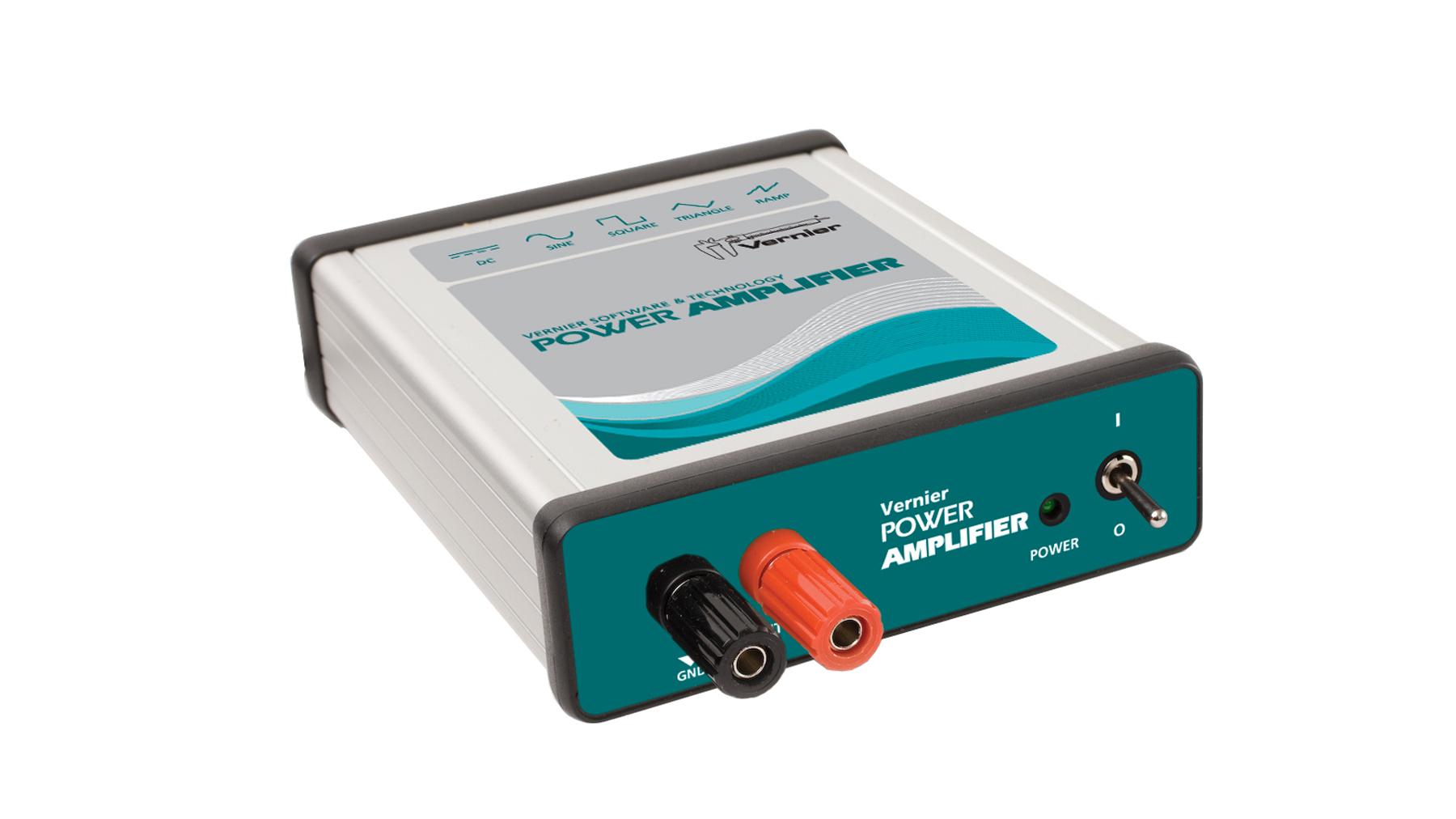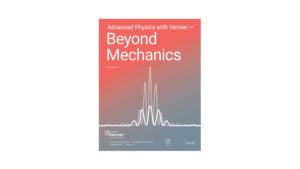
Introduction
You have studied the behavior of capacitors and inductors in simple direct-current (DC) circuits. In alternating current (AC) circuits, these elements act somewhat like resistors to limit current flow. The term used for the resistance these elements offer to current flow in AC circuits is reactance. The general term for the sum of all the resistance and reactance (both capacitive and inductive) in a circuit is impedance.
The reactance for a particular capacitor or inductor varies with the frequency of the circuit. Capacitors store energy in electric fields. When fully charged, they will not let current flow in a DC circuit. However, in AC circuits, as the frequency increases, their resistance to the flow of charge decreases. Inductors store energy in magnetic fields. In DC circuits, an ideal inductor has no resistance, but in AC circuits, its resistance increases with the frequency.
In this experiment, you will examine the behavior of an AC circuit containing a capacitor (C), an AC circuit containing a resistor and an inductor (RL), and an AC circuit containing all three elements (RLC).
Objectives
In this experiment, you will
- Learn the terms capacitive reactance, inductive reactance, and impedance.
- Determine the relationship between the reactance and frequency for a capacitor.
- Determine the relationship between the impedance and frequency of an RL circuit.
- Determine the resonant frequency of an RLC circuit.
- Experiment with resonance and energy transfer in an RLC circuit.
Sensors and Equipment
This experiment features the following sensors and equipment. Additional equipment may be required.
Ready to Experiment?
Ask an Expert
Get answers to your questions about how to teach this experiment with our support team.
- Call toll-free: 888-837-6437
- Chat with Us
- Email support@vernier.com
Purchase the Lab Book
This experiment is #14 of Advanced Physics with Vernier — Beyond Mechanics. The experiment in the book includes student instructions as well as instructor information for set up, helpful hints, and sample graphs and data.







